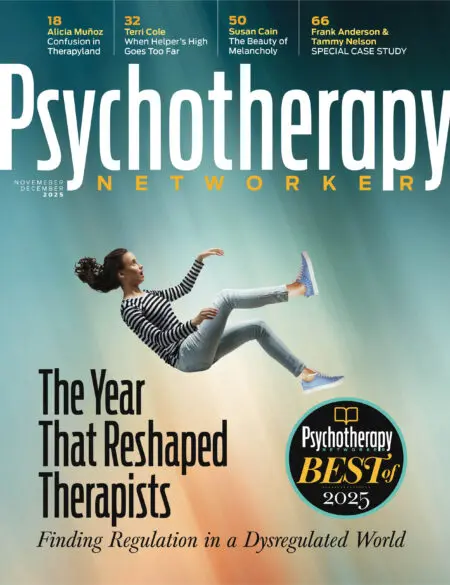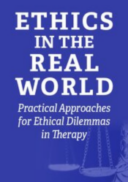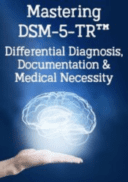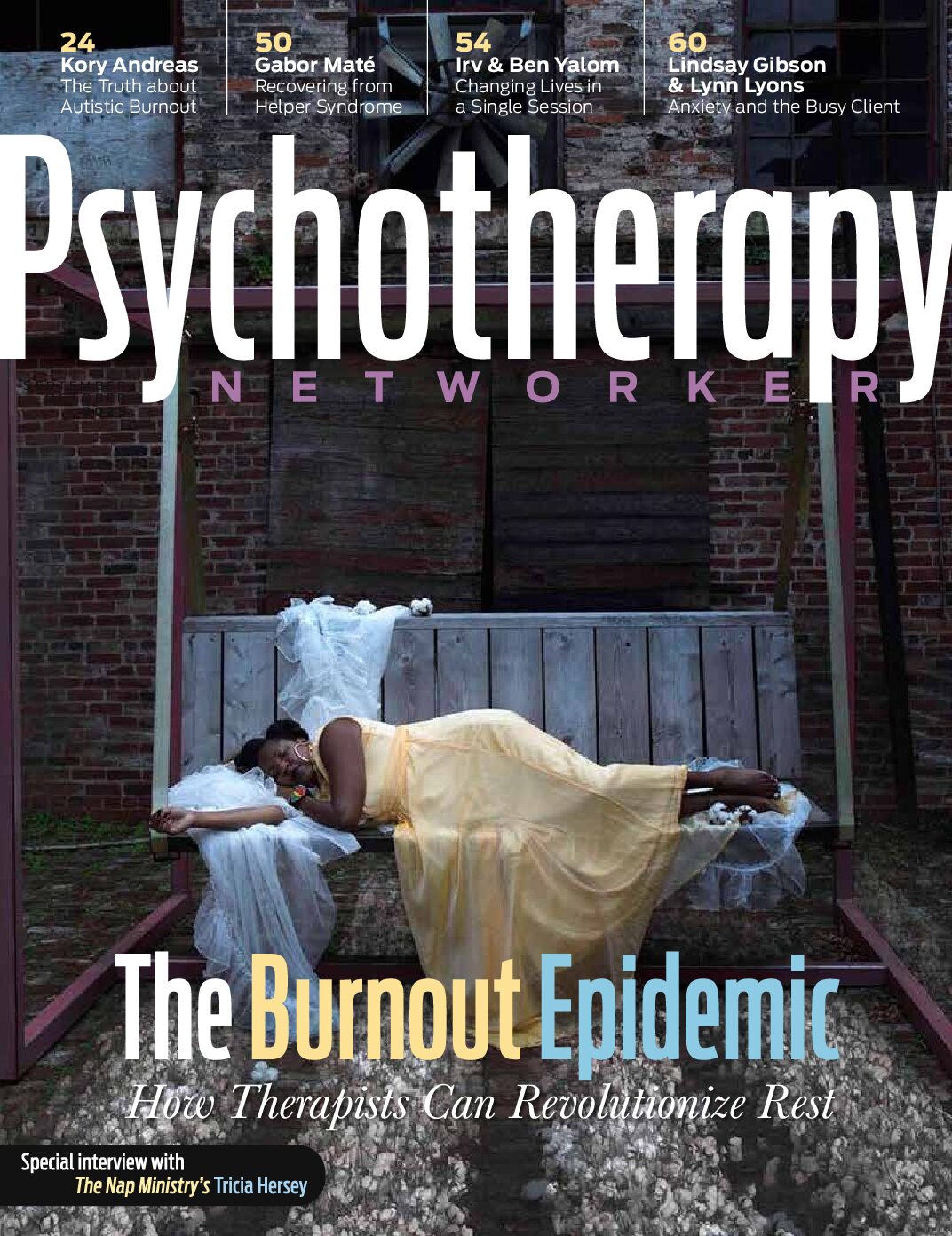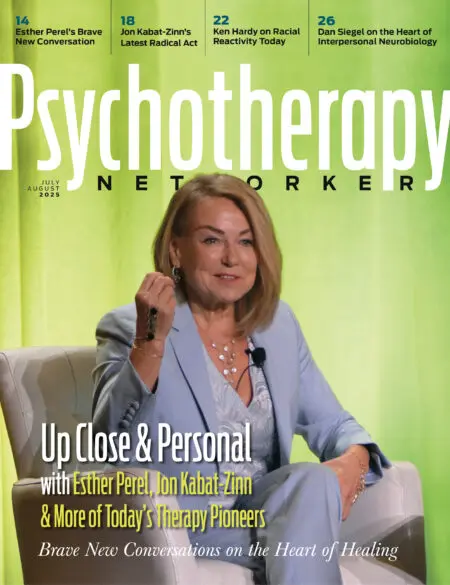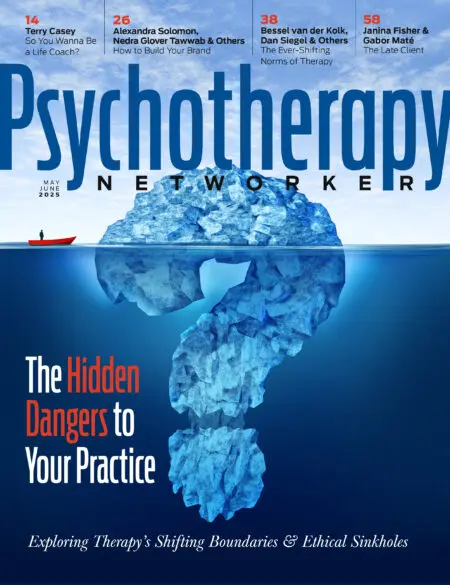The Science of Evil: On Empathy and the Origins of Cruelty
by Simon Baron-Cohen
Basic Books, 240 pgs
The Psychopath Test: A Journey Through the Madness Industry
by Jon Ronson
Riverhead Books, 275 pgs
Much has been written about how to cope when bad things happen to good people, but it’s the question of evil itself—why there are bad people who perpetrate evil acts—that tends to leave us stumped. What do we mean by evil, anyway? Is it a moral flaw, a religious pronouncement—or, for the more therapeutically-minded among us, a synonym for a more scientific term like psychopathy? And, depending on your answer, should we regard evildoers as beyond rehabilitation or as the possibly treatable products of a ghastly mix of genetic predisposition and traumatic circumstances?
Those are the serious questions posed by two new books about psychopathy and cruelty that differ so vastly in tone and approach that you may be tempted to shelve one with such darkly iconoclastic absurdists as Mel Brooks and the Monty Python gang and the other beside the harrowing works of Holocaust survivor Primo Levi and trauma guru Robert Jay Lifton. Take your choice—or better yet, learn from both.
If you’re looking for a provocative, lucidly written, serious-minded examination of the spectrum that runs from empathy to cruelty, you won’t do better than the compelling read The Science of Evil: On Empathy and the Origins of Cruelty, by the eminent British psychologist Simon Baron-Cohen.
Baron-Cohen dates his first awareness of the existence of evil to when he was 7 years old and his father told him about meeting a Holocaust survivor who’d been the victim of a Nazi experiment: “Nazi scientists had severed Mrs. Goldblatt’s hands, switched them around, and sewn them on again so that if she put her hands out palms down, her thumbs were on the outside and little fingers were on the inside.” Such an image, Baron-Cohen comments, never goes away. Nor does the question: How can humans treat other humans as inhuman objects?
Baron-Cohen frames his answer not in terms of evil, but of empathy—and the erosion or absence of it. He defines empathy as “our ability to identify what someone else is thinking or feeling and to respond to their thoughts and feelings with an appropriate emotion.” In his formulation, we all reside somewhere on an empathy spectrum that runs from zero to 100; psychopathic serial killers rate zero (or close to it) degrees of empathy, while Mother Teresa-types earn close to 100. Most of us are somewhere in the middle of the bell curve, capable of feeling another’s pain and joy, but also capable of temporary lapses when our own self-focus blocks us from relating to the inner experience of others.
Still, what causes one person to reach near sainthood, another to sink to savagery? What about people with low empathy quotients who aren’t violent psychopaths, but “merely” (everything’s relative) self-centered narcissists? Part of the answer lies in the complex workings of the brain’s empathy circuit, which involves 10 separate sections of the brain and is influenced by a host of factors, hormonal and genetic among them. Baron-Cohen, professor of developmental psychopathology in the departments of experimental psychology and psychiatry at the University of Cambridge, explains all of this in depth.
According to a growing body of research, an underactive, underperforming brain circuit (as shown in functional magnetic resonance imaging) correlates to a lack of empathy. Ten specific brain regions make up the circuit, among them: the medial prefrontal cortex, which Baron-Cohen describes “as a hub for social information processing” and as being important for comparing your perspective to that of others; the orbito-frontal cortex, which when damaged, studies suggest, can lead to a decline in social judgment and empathy; the mirror-neuron system of the inferior parietal lobule and inferior parietal sulcus; and the amygdala, which controls emotional learning and has been called the emotional brain. Intriguingly, studies have found a specific set of abnormalities throughout this brain circuit in people diagnosed with borderline personality who had also suffered early abuse, trauma and neglect, providing physical evidence that early trauma can damage the brain’s very ability to process empathy. Researchers also discovered much reduced activity in the empathy-circuit brain regions, along with other distinctive abnormalities, in the brains of violent psychopaths.
As far as the empathy scale goes, Baron-Cohen categorizes those who rate close to zero and suffer from narcissism, borderline personality disorder, or psychopathy “zero-negative” because “they have nothing positive to recommend them.” He explains, “They are unequivocally bad for the sufferer and for those around them.” The “zero-negatives” present a different picture than the group he calls “zero-positives”—those who are low on empathy, but that limitation may also be linked to positive attributes. This group is composed of people with Asperger’s Syndrome or other ailments on the autism spectrum. In particular, he says, their ultraprecise, analytical way of processing patterns and systematizing information can lead—positively—to artistic or scientific innovation, as well as to superlogical moral codes and rules of truth and fairness that they expect everyone to live by. As a result, he writes, they’re likelier to be rule-enforcers or whistleblowers than lawbreakers.
Although Baron-Cohen is himself a specialist in the study of autism, some in the autism community have taken him to task for categorizing autism spectrum sufferers as lacking in empathy, and in online interviews, he now says he didn’t mean that everyone with autism has zero empathy, only that as a general rule, they have lower empathy scores and more difficulty in identifying with other people’s feelings. But to my mind, the more important point in his reframing of our understanding of all these disorders and conditions through the lens of empathy is that it opens new paths for thinking about therapy and treatment.
One way is by targeting the empathy circuit itself. Baron-Cohen suggests that interventions developed for people with autism spectrum conditions—special educational software and oxytocin nasal inhalation spray to boost empathy, for example, as well as empathy education in the form of emotion recognition, role-playing and other exercises—might prove successful for at least some zero-negative individuals and others on the low end of the empathy spectrum. While acknowledging the extreme difficulty of treating zero-negatives, Baron-Cohen’s own sense of empathy won’t allow him to give up on them.
Although Baron-Cohen is the cousin of the comedian Sacha Baron-Cohen, his is the more serious study, and it’s the other book under review that aims to provide some through-a-glass-darkly comic relief. Indeed, journalist Jon Ronson’s The Psychopath Test: A Journey Through the Madness Industry will take you on a breezy romp through the annals of weird behavior—an amusing enough journey, until you realize just how many misconceptions he harbors about both psychology and the workings of therapy.
For Baron-Cohen, the scientist–psychologist, the more empathy exists, the more positive the world we create. By contrast, for Jon Ronson, the adventure-minded bestselling author of The Psychopath Test, the weirder and creepier the behavior he finds, the more sensational the story he’ll have. And Ronson does spin a juicy tale.
He begins with a mystery: several British academics ask him to figure out who’s mailing them anonymous packages, postmarked Gothenburg, Sweden. Each one contains an identical booklet filled with cryptic comments and illustrations, along with the cliff-hanger-like message, “Will tell you more when I return!” Ronson learns that other professors around the world have been receiving these packages, too, and online message boards are abuzz with questions: What do these packages mean? A threat of some sort? A new Unabomber? When it turns out that a lone prankster with no apparent intent to harm (and no apparent record of psychiatric illness) had perpetrated the elaborate joke, Ronson considers all the chaos and confusion that can result from a single person’s crazy actions. He then takes a giant leap of pop psychology from nutty prank to psychopathy: “I remembered those psychologists who said psychopaths made the world go around,” he writes. “They meant it: society was, they claimed, an expression of that particular sort of madness.”
From there, Ronson is off and running to find as many crazy people as he can, preferably psychopaths. These include Tony, a diagnosed psychopath who’s been imprisoned in a British psychiatric hospital for 12 years. He claims he faked madness to avoid going to a regular prison for viciously attacking a homeless man, but now finds he can’t convince psychiatrists he’s sane, so has remained trapped behind bars for an even longer sentence than he’d originally tried to avoid. Should we believe him? One reason to be suspicious: Ronson meets him through a scientologist eager to discredit psychiatry. But Ronson is unsure: Tony is awfully persuasive. Then again, psychopaths are manipulative by nature. How can you tell who’s a psychopath, who’s not?
For an answer, Ronson seeks out esteemed psychologist Robert Hare, who developed the Psychopathy Checklist—the test of Ronson’s title, which is an internationally recognized clinical instrument. In his book, Baron-Cohen offers his own checklist for spotting zero-negatives, as well as an Empathy Quotient test. The checklists of Hare and Baron-Cohen cover the same general characteristics, including lack of empathy, lack of remorse, superficial charm, and manipulative behavior.
Ronson asks tough questions about the use and possible abuse of Hare’s psychopathy checklist to wrongly diagnosis individuals as psychopaths—then himself begins spotting psychopaths everywhere. Seeking psychopaths in the boardroom (one of Hare’s books is titled Snakes in Suits: When Psychopaths Go to Work), Ronson lines up a devastating Michael Moore–like interview with Al “Chainsaw” Dunlap, the famously ferocious former CEO of Sunbeam. Is he a psychopath, or just ruthless? Ronson leaves it to the reader to decide. By contrast, there’s no doubt that Toto Constant, formerly a Haitian death-squad leader, now serving time for mortgage fraud in a maximum-security prison in upper New York State, is the genuine thing.
The overall message of Ronson’s book, though, seems to be that we’re all capable of being at least somewhat psychopathic. To illustrate, he uses himself as an example, admitting that as a journalist he often plays at befriending interview subjects while also—with self-interest fully present, little or no empathy allowed—doing his best to get them to reveal themselves at their most outlandish or embarrassing.
That doesn’t make him a psychopath, really; it just places him, like most of us, somewhere in the middle (and maybe sometimes higher, other times lower) on Simon Baron-Cohen’s empathy scale. Ronson is an amusingly neurotic writer, but if he’d looked at Baron-Cohen’s research, he could have saved himself some worry. Then again, worrying about your capacity for compassion isn’t a bad thing, especially if it leads to a greater awareness of, and concern about, the impact our behavior has on others. Yet Ronson spends so much time emphasizing everyone’s capacity for craziness or just plain weirdness that the very real consequences of human cruelty and atrocity seem to recede in the distance.
Ultimately, while Ronson frames the question of evil as part of the larger human comedy, Simon Baron-Cohen shows us that it’s no laughing matter. Which is why, sober and straightforward as it is, The Science of Evil is essential to a deeper understanding of the unsettling science of our natures, for better and for worse.
Diane Cole
Diane Cole is the author of the memoir After Great Pain: A New Life Emerges and writes for The Wall Street Journal and many other publications.
